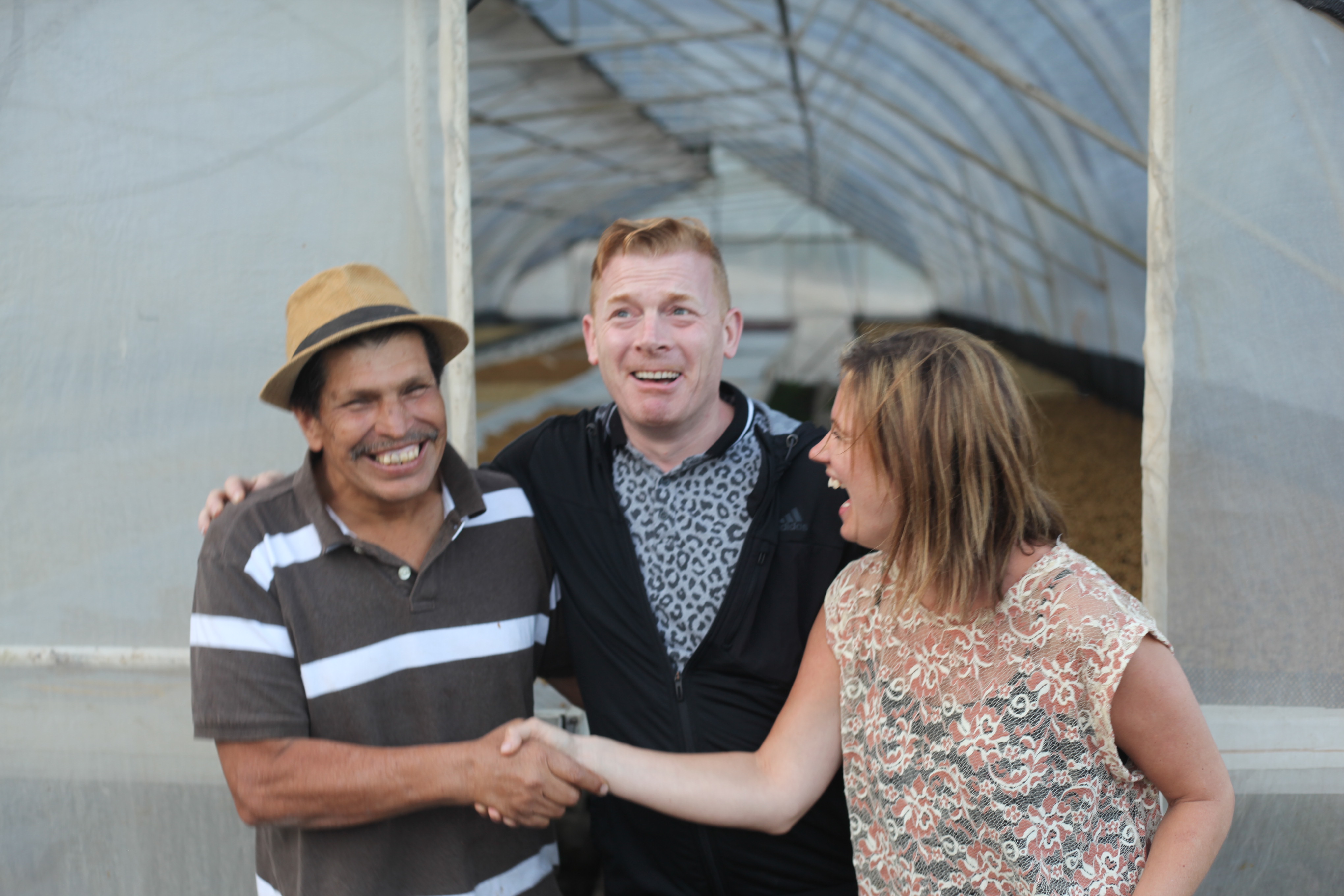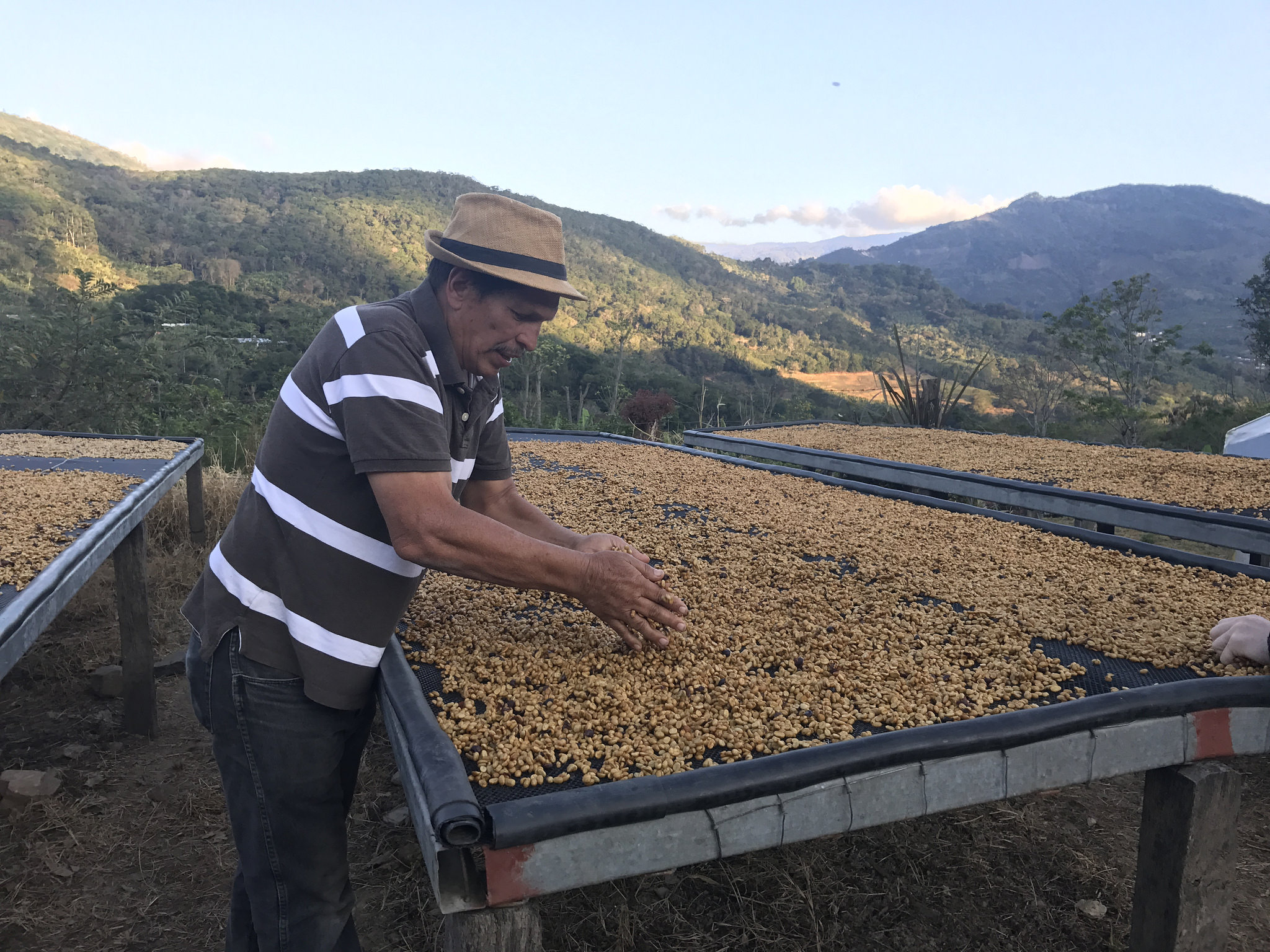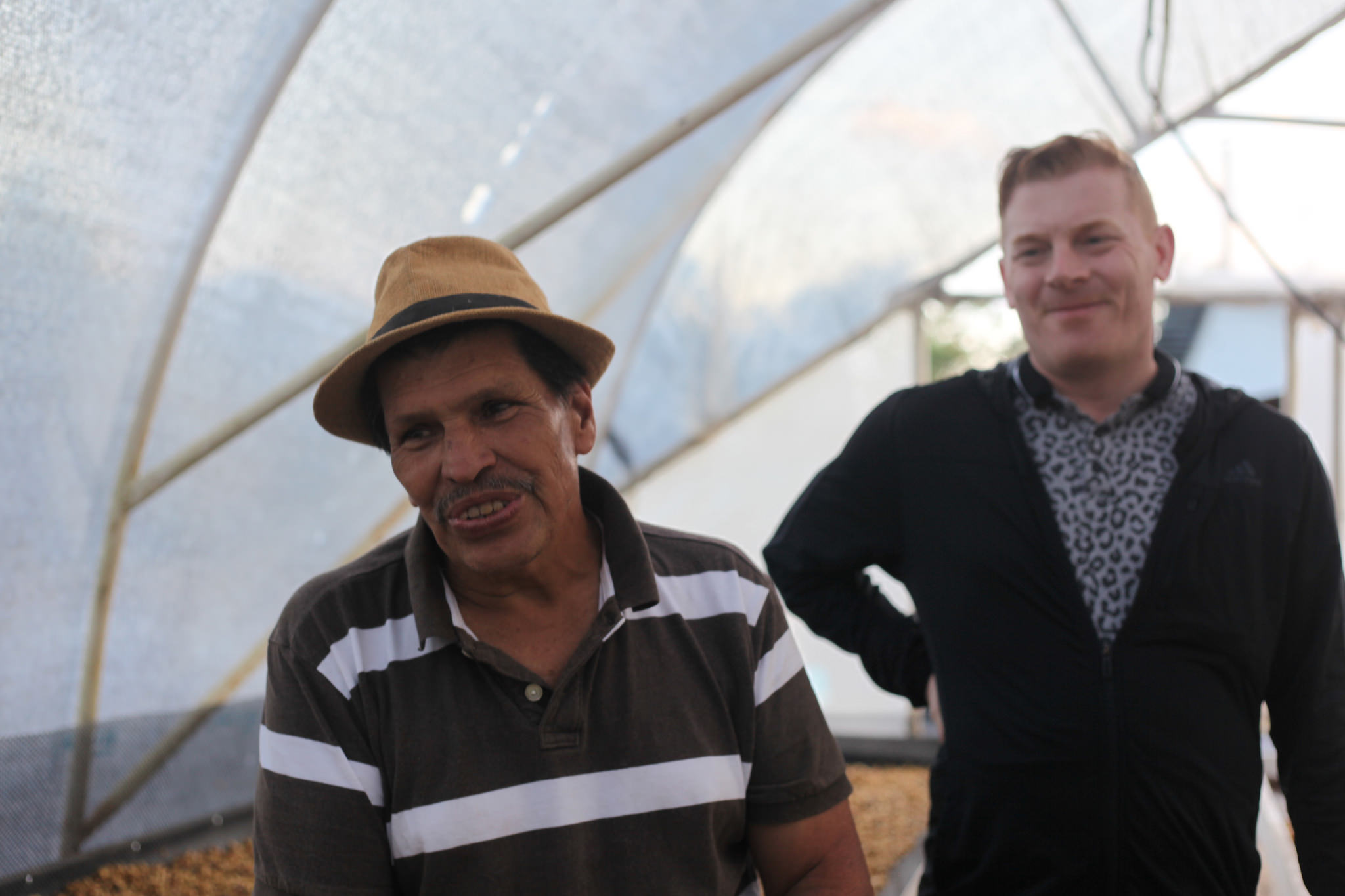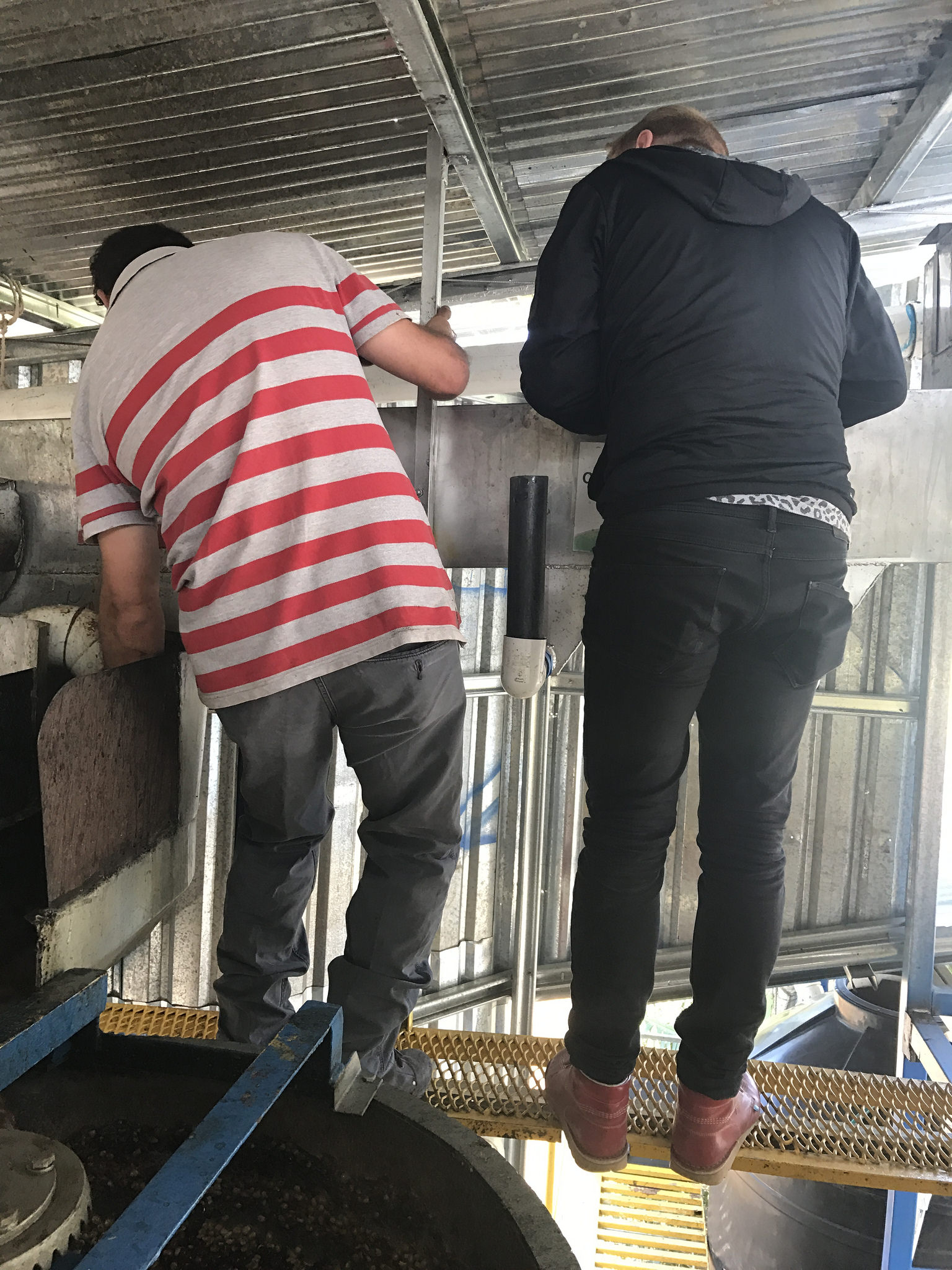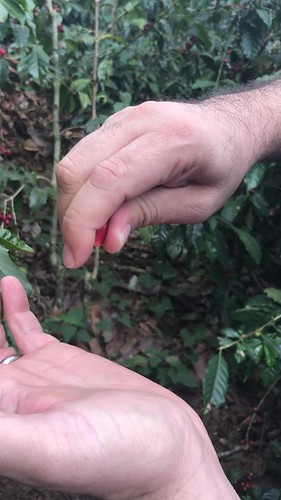Every now and again I get a coffee varietal that comes along and I know nothing about it. It reminds me why I love coffee varietals and their complexity. It’s always kinda been my thing; I went through a spell of writing lots of them up (see here).
This weeks up coming In My Mug in one of those coffees I knew nothing about, in the video I even talked about how little I know about it (yes that’s what I do on in my mug, talk about things I don’t know). A google search proved fruitless, so a flurry of emails backwards and forwards to Tulio of Carmo Estate in Brazil meant I got educated.
The Arara varietal originates from the crossing between the yellow Catuai and the Obatã (Hybrid of Timor) varieties. It was developed on experimental farm of Procafé Foundation in Varginha Brazil.
The experiment has been part of an on going project in Brazil with many new varietals being discovered – Procafé found that Arara is one of the most successful to date in both yield and in cup quality – so much so that the Arara seeds are the most requested at Procafé for new seedlings! It’s excelled so much even at the experiment phase.
The next stage of the experiment is to see how it performs in farms and and on a larger scale in the planting dissemination.
Our growing partner Tulio Junqueira at Carmo Estate Coffees was one of the first to get this varietal from Procafé in 2014 as part of the dissemination program, and we are just beginning to see the first harvests now. He has been very happy with the results and seen great potential for quality and production levels.
The Arara is a yellow fruit coffee, high resistance to rust, good productivity and high quality potential.
Typical cup characteristics are hard to say at this time but my experiences have been to show a typical sweet profile you would expect from Brazil, with Chocolate notes, muted but defined acidity with a good body and aftertaste.
Links: Catuai, Obatã, Timor
Examples: Brazil Carmo Estate Arara
Varietal: Arara
Related to: Catuai and Obatã (timor hybrid)
Origin: Brazil
Grows best at: 1000 metres or above
Type: Hybrid
Prevalent in: No where yet but developed in Brazil
Predominant Colour: Yellow
Fruit size: Normal rounded
Leaf Characteristics: Wide and large
Botany: Hybrid
You want to try it, right ? Well if you’re signed up to In My Mug, expect it on your doorstep very soon! If you’re not signed up, why not? Well if you’re not, it will be launching on Friday so keep your eyes pealed on the website Friday afternoon.
